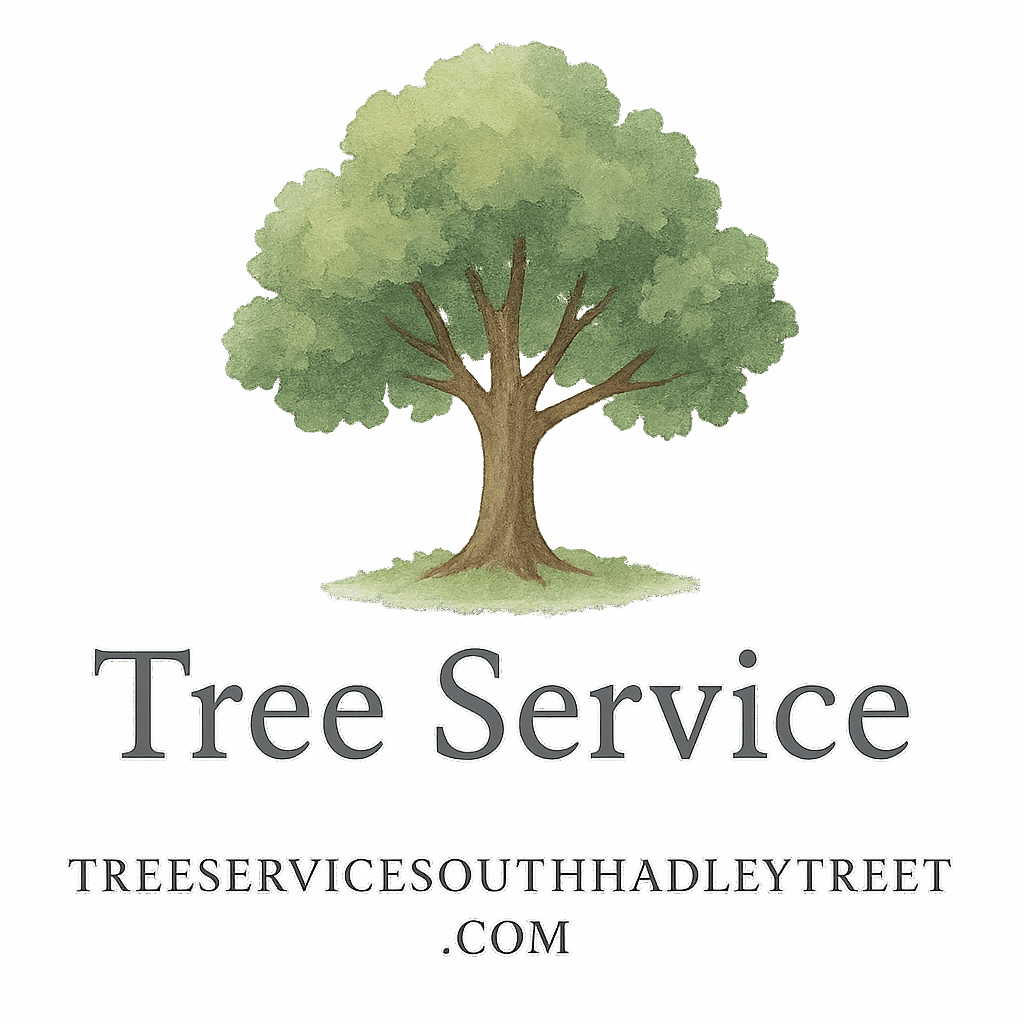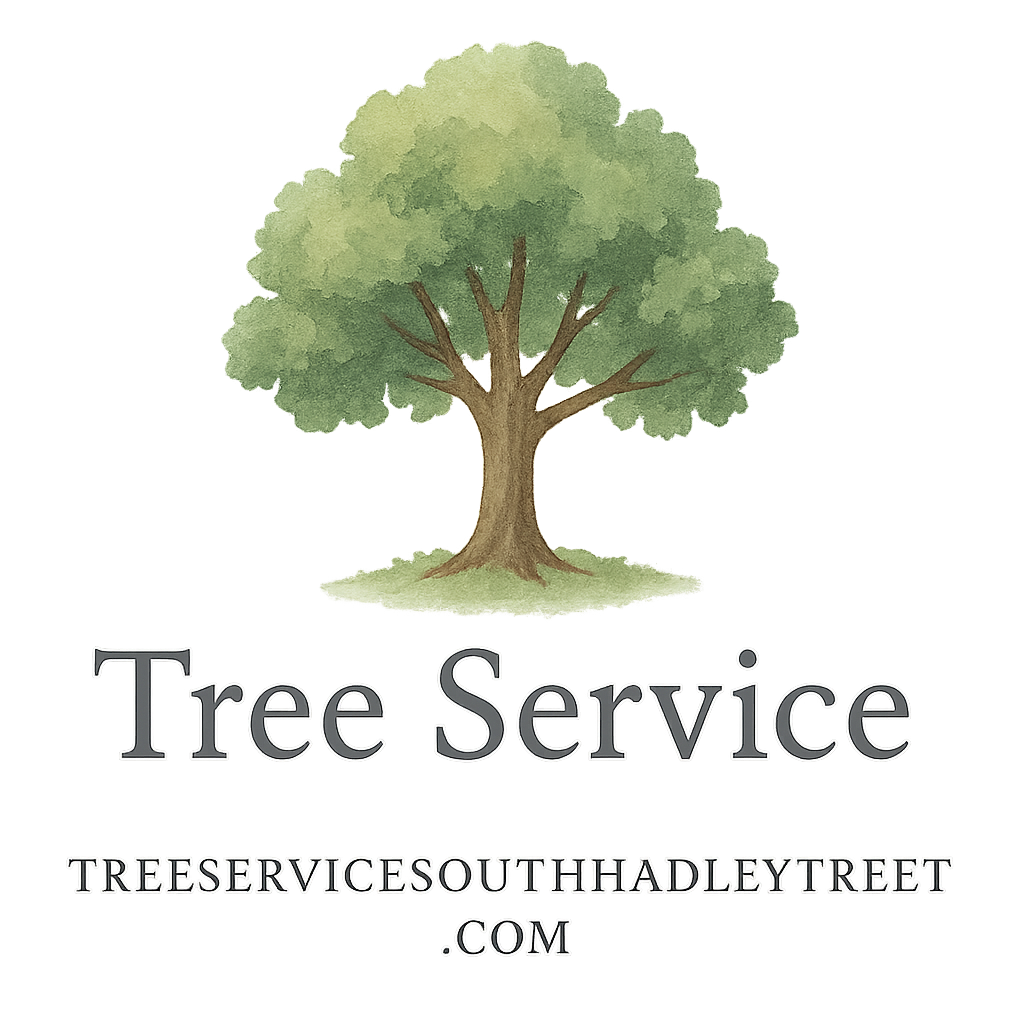Introduction to Tree Trimming Tools
Ever wondered what goes into keeping your trees looking beautiful and healthy? It’s not just a pair of clippers and a ladder. Tree service crews rely on a powerful lineup of tools that help them trim, shape, and remove trees with precision and safety. Whether you’re curious as a homeowner or considering hiring professionals, understanding these tools can give you insight into how vital tree care really works.
Why the Right Tools Matter in Tree Services
Using the right tools ensures safety, efficiency, and healthy trees. The right equipment helps tree care professionals prevent damage, maintain tree health, and handle emergency situations quickly — especially during seasonal storms or when disease hits.
Want to dive deeper into how tree services operate? Check out the Tree Service Basics guide to get a solid foundation.
1. Chainsaws – The Workhorse of Tree Trimming
Chainsaws are the #1 go-to tool for trimming crews. They’re powerful, versatile, and can handle everything from pruning thick limbs to cutting down entire trees.
Types of Chainsaws and Their Uses
There are gas-powered, electric, and battery-operated chainsaws. Gas models are perfect for heavy-duty jobs, while electric chainsaws are great for small-to-medium tasks around the yard.
Want to see how chainsaws compare to other trimming tools? Visit this comparison checklist for an expert breakdown.
Safety Tips When Using Chainsaws
Chainsaws are efficient, but also dangerous if not handled properly. Crews always use helmets, gloves, and chainsaw chaps to avoid serious injuries.
Tree safety isn’t just about equipment—learn more about Tree Health & Safety.
2. Pole Saws – Reaching the Unreachable
Pole saws are lifesavers when it comes to tall branches. They allow crews to trim without climbing, which saves time and reduces risk.
Manual vs. Powered Pole Saws
Manual pole saws are lighter and quieter, while powered ones (gas or electric) handle thicker branches quickly. Both have their place depending on the job.
Best Practices for Using Pole Saws
Never stand directly under the branch you’re cutting, and always use both hands. Also, know your limits—some heights are better left to pros.
Facing seasonal hazards? Explore Emergency & Seasonal Tree Service for tips on dealing with sudden tree issues.
3. Pruners and Loppers – Precision Cutters
Sometimes, the small tools make the biggest impact. Pruners and loppers are perfect for detailed work and young branches.
Hand Pruners vs. Loppers
Pruners are used for branches under ¾-inch thick, while loppers can tackle anything up to 2 inches. Both tools help shape trees and remove diseased growth.
Check out our article on tree disease prevention to understand when and why to cut.
Ideal Branch Size for Each Tool
Rule of thumb: if it takes more than a couple of squeezes to cut, you’re using the wrong tool. This helps avoid damage to the tree and your muscles.

4. Wood Chippers – Clean-Up Made Easy
Trimming trees creates tons of debris. Wood chippers grind branches into mulch, making disposal easier and eco-friendly.
Why Chipping Is Essential Post-Trimming
Without chipping, you’d be stuck with unsightly piles of branches. Chipping keeps your property clean and your costs down.
Need budget insights? Visit Tree Service Costs & Hiring to see how clean-up affects pricing.
Types of Wood Chippers Used by Pros
There are drum, disk, and screw-type chippers. Crews pick the right one based on branch size and volume.
Want to compare costs? Visit our pricing guide.
5. Climbing Gear – For Safety and Access
When pole saws aren’t enough, it’s time to climb. That’s where ropes, harnesses, and helmets come in.
Ropes, Harnesses, and Helmets
These tools keep crew members safe when working at height. Modern gear also includes communication headsets and body cameras for added safety and coordination.
Training for Climbing Safety
Only trained arborists should climb. Poor technique can lead to injury or damage to the tree.
Explore more about tree service professionals and how they stay safe while working up high.
6. Stump Grinders – Removing What’s Left Behind
After a tree is removed, the stump remains. That’s where stump grinders come into play.
When to Use a Stump Grinder
If the stump is unsightly, a trip hazard, or interfering with new landscaping, it’s time to grind it down.
Curious about removal vs. trimming? Visit our Tree Removal & Trimming page.
Advantages of Professional Grinding Tools
Home DIY grinders rarely match the power of professional models. Hiring pros ensures the stump is removed completely and safely.
Need a quote? Click through our quotes tag.
7. Safety Equipment – Non-Negotiable Essentials
No tool is more important than safety gear. From helmets to high-visibility clothing, these tools protect the most valuable asset: the crew.
Protective Gear Every Crew Member Needs
This includes helmets, eye protection, gloves, ear protection, and steel-toed boots. Each plays a role in reducing risk.
Check out our questions tag for more on what to ask your tree service crew.
How Safety Affects Tree Health & Crew Morale
Safe practices lead to fewer mistakes and better care. A well-protected team is a confident, effective one.
How Professional Crews Use These Tools Together
Each job demands a combo of these tools. A typical day may start with chainsaws and pruners, followed by pole saws, and end with wood chipping and stump grinding.
Need a comprehensive overview? Browse the maintenance tag for ongoing care strategies.
Choosing the Right Tree Service Company
Make sure the crew you hire uses modern, well-maintained tools. Ask about their equipment, experience, and safety practices.
Check for local expertise like South Hadley tree experts who know how to handle regional weather and tree species.
Conclusion
Understanding the 7 essential tools every tree trimming crew uses not only empowers you as a homeowner but also helps you appreciate the art and science behind tree services. From chainsaws to stump grinders, each tool plays a unique role in keeping your landscape clean, safe, and stunning. Whether it’s storm prep, disease control, or regular maintenance, the right tools—and the right crew—make all the difference.
Looking to care for your trees the right way? Don’t hesitate to reach out to your local experts at Tree Service South Hadley TNTETS for professional, reliable help.
FAQs
1. What’s the most important tool for tree trimming?
Chainsaws are generally considered the most important due to their power and versatility.
2. Are pole saws safe to use at home?
With proper precautions, yes. However, for high or thick branches, it’s better to hire professionals.
3. Can I rent a wood chipper for home use?
Yes, but they can be dangerous. Always read the manual and wear proper safety gear.
4. Why do crews use different chainsaws?
Different jobs require different power levels, bar lengths, and portability.
5. Is stump grinding necessary after tree removal?
It depends on your landscaping plans, but it prevents regrowth and eliminates hazards.
6. What safety gear is absolutely essential?
Helmets, eye and ear protection, gloves, and steel-toed boots are must-haves.
7. How do I know if my tree needs trimming?
Look for signs like overgrown branches, dead limbs, or crowding—more on this at Tree Signs & Symptoms.


